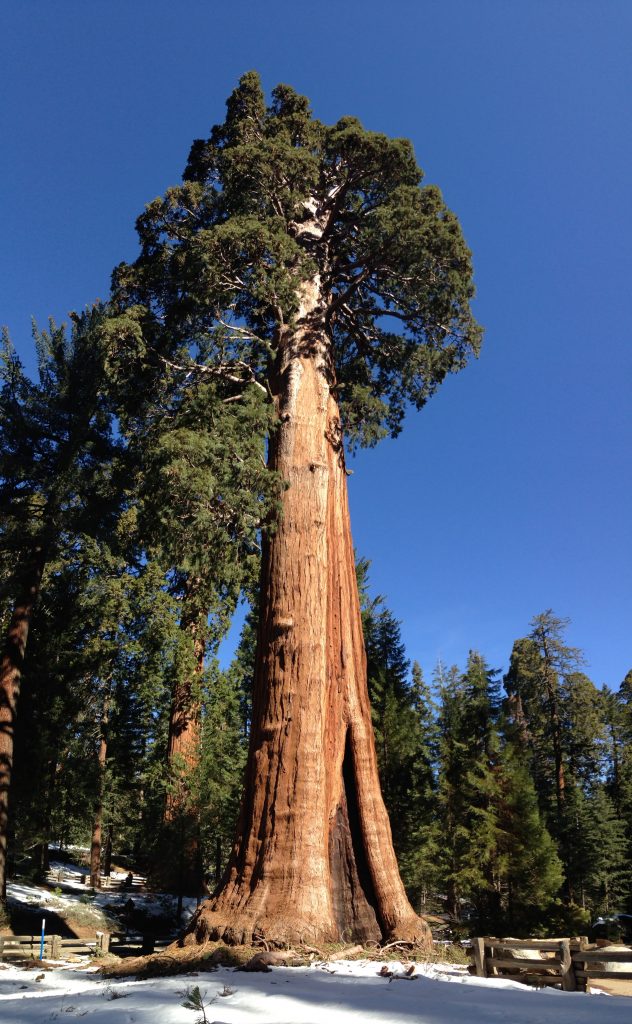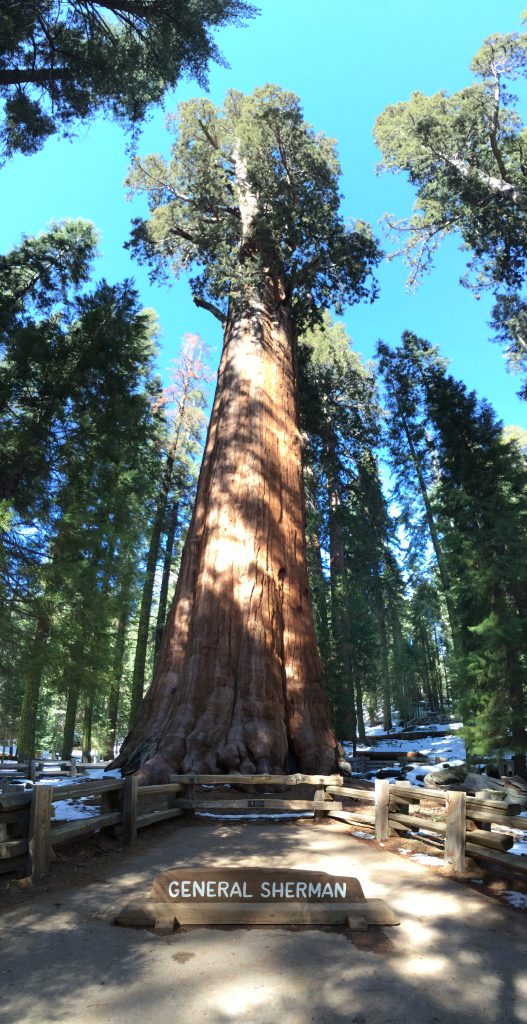
Feel free to contact Rainbow at rainbow222 @ berkeley. edu if you have questions or comments regarding the content here.
Confinement and campus closure are playing havoc with Rainbow’s plans to finish the last few sequencing runs for her dissertation. She came to my lab, first as an undergraduate and decided to keep going – I am delighted that she did. She has probably done more GSIing than most graduate students, but has not complained. In fact, I think she enjoys it and does a great job. She chose a very big subject for her dissertation, Giant sequoia, and I cannot help but smile to myself when I see the photo of her standing in front of one of her subjects; Rainbow is not of giant build! Mother of two, both came into the world during her graduate studies, Rainbow has managed domestic and academic affairs very well. I am proud of her accomplishments and wish her all the best for the future.
– Richard Dodd, professor, ESPM department
About Rainbow.
My dissertation research has been designed around one central question: How genetically resilient are giant sequoia populations to rapid environmental change? To answer this question, I have worked to uncover the extant genetic diversity across the range of this species and the major processes that have influenced the current patterns of diversity on the landscape. More broadly, I am interested in the response of long-lived trees to rapid environmental changes with a focus on the adaptive potential of populations.
Dissertation title:
Pattern and Process: An examination of how evolutionary forces shape patterns of genetic diversity and adaptive potential in the long-lived tree species, giant sequoia
Giant sequoia, Sequoiadendron giganteum, is an iconic Sierra Nevada tree species with populations that tend to be small and highly fragmented, making them especially vulnerable to rapid environmental change. For tree species like giant sequoia with a long generation time, migration rates will likely be too slow to keep pace with climate change. Thus, attention needs to be paid to adaptive potential of populations which can reduce adaptative mismatch between a population and its environment. Genetic diversity is the ultimate source of variation upon which selection can act to allow an adaptive response in the face of climate change. My dissertation research is an investigation of the patterns of extant genetic diversity and processes that shape it, with a focus on local adaptation and the adaptive potential of populations.

During the completion of my dissertation research I highlight both populations of conservation need, (i.e. isolated or genetically depauperate populations) and those that may contain essential diversity that can serve as pre-adapted variation for future conditions. It is my hope that the knowledge gleaned from my research will provide comprehensive background information on the creation and maintenance of genetic diversity in this species that will be an invaluable asset to forest managers seeking to maintain viable giant sequoia populations into the future.

